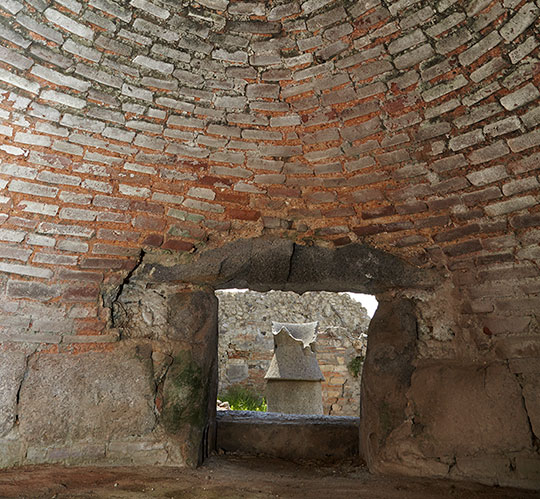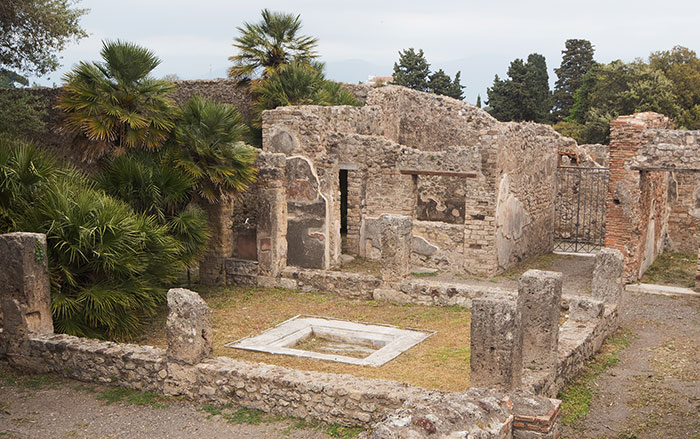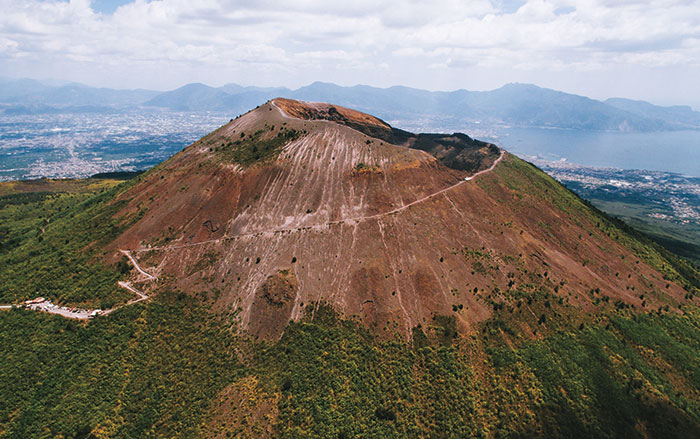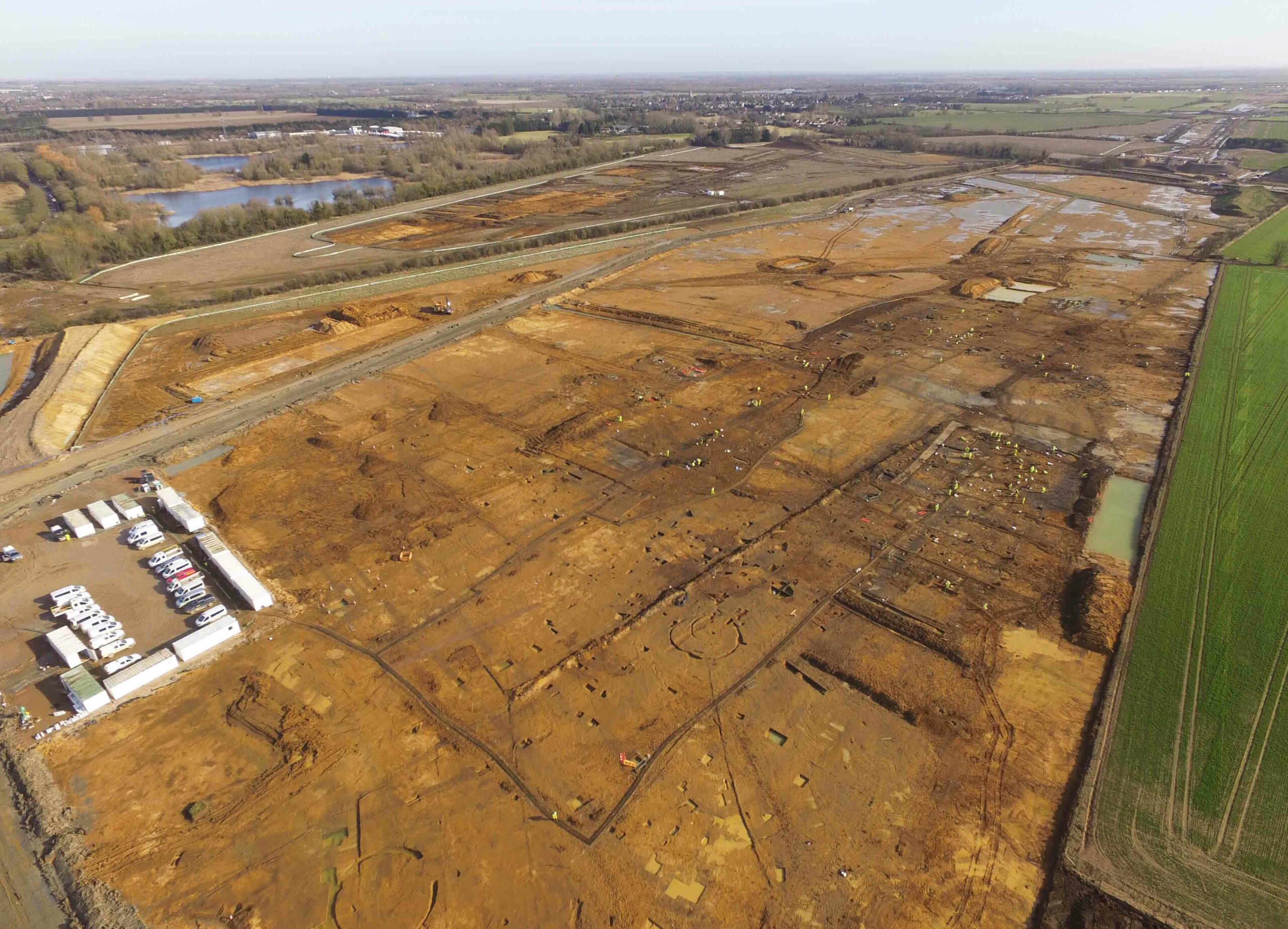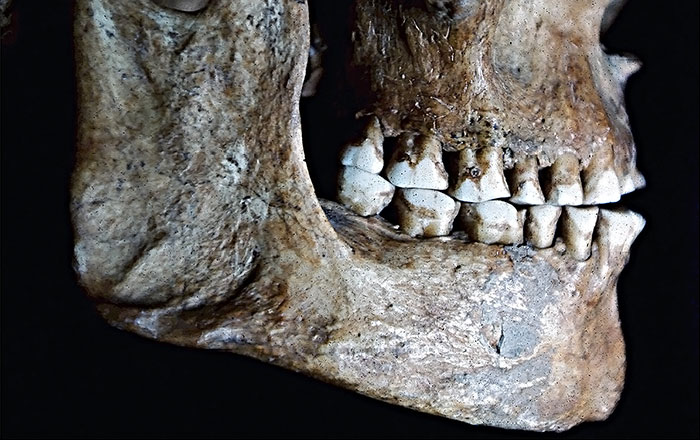
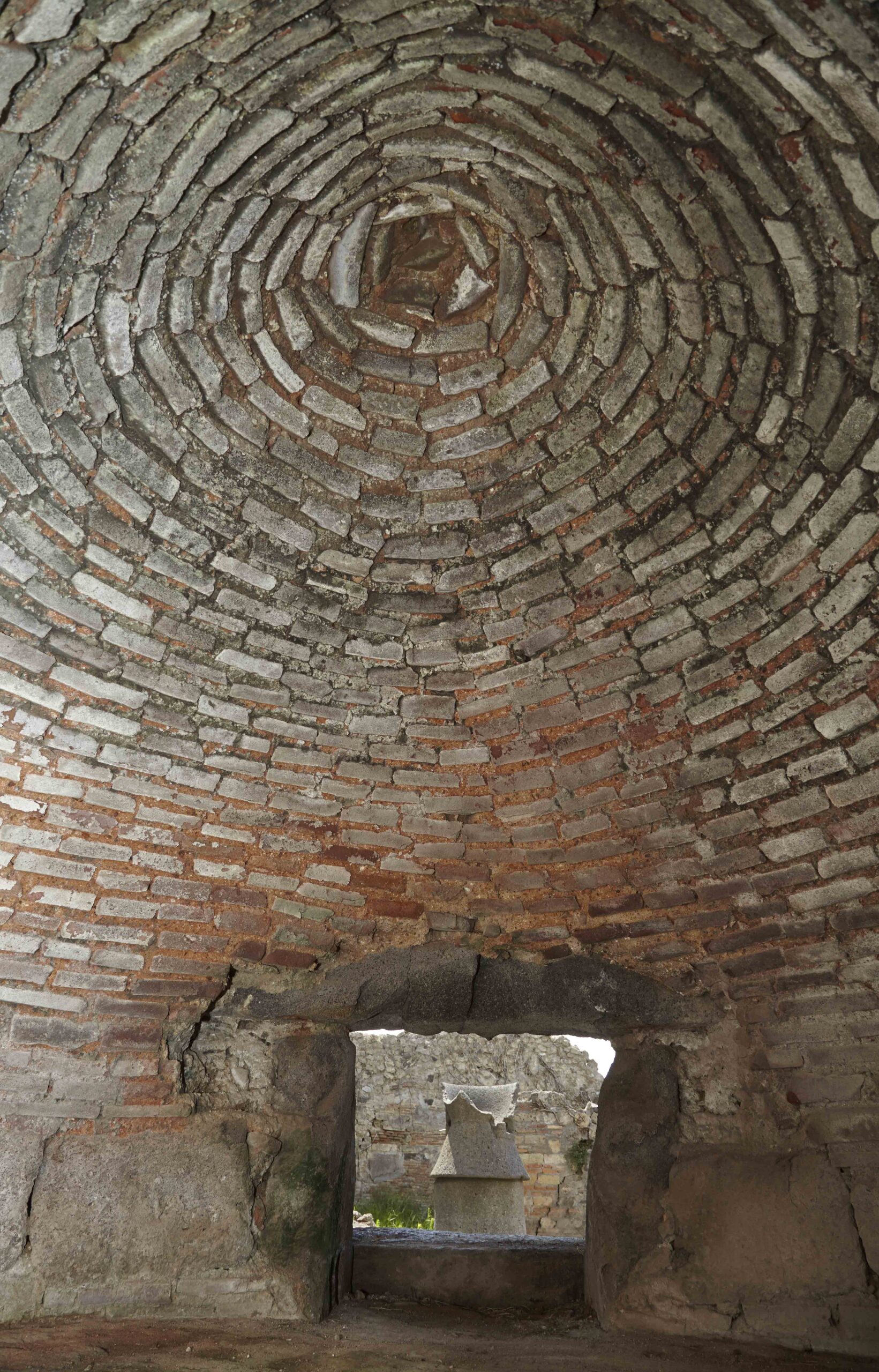
Pompeii’s many street-side snack bars offered those seeking a quick bite a choice of prepared food and wine. Evidence for the Pompeian food scene includes not only carbonized remains of foodstuffs such as bread preserved by the eruption, but also production facilities, including bakeries and vats for salting fish. In the first century B.C., leavened bread production was confined to several large houses outfitted with domed ovens. According to archaeologist Nicolas Monteix of the University of Rouen, it’s unclear whether these early bakers produced bread solely for their own households or, at least in part, for sale to customers.
By the first century A.D., however, these domestic bakeries had been shuttered and larger-scale commercial bakeries had popped up across the city. Although most Pompeians’ diet consisted largely of cereal-based porridges, and bread still wasn’t widely available to the poor, “I would consider this shift a democratization of bread consumption,” says Monteix, who led a recent project aimed at documenting Pompeii’s 39 excavated bakeries. The rise of commercial bakeries reflected not only a jump in the city’s population, he explains, but perhaps also an increase in grain imports from Egypt and North Africa during the Pax Romana, a period of peace and prosperity in the Mediterranean that was ushered in by the emperor Augustus. The presence of specialized technology in a few of the bakeries, such as hydraulic systems for soaking grain and vessels for dough rising, enabled Pompeii’s bakers to produce high-quality bread for wealthier residents.




